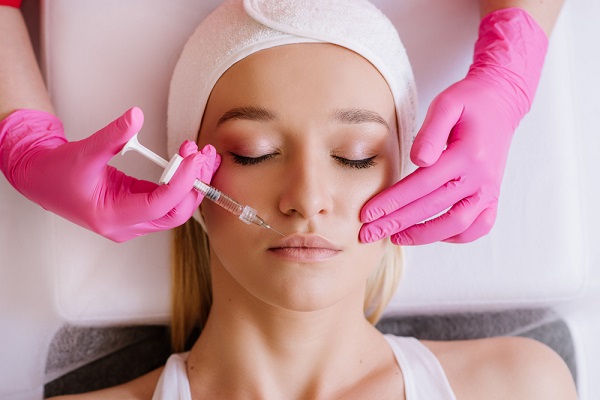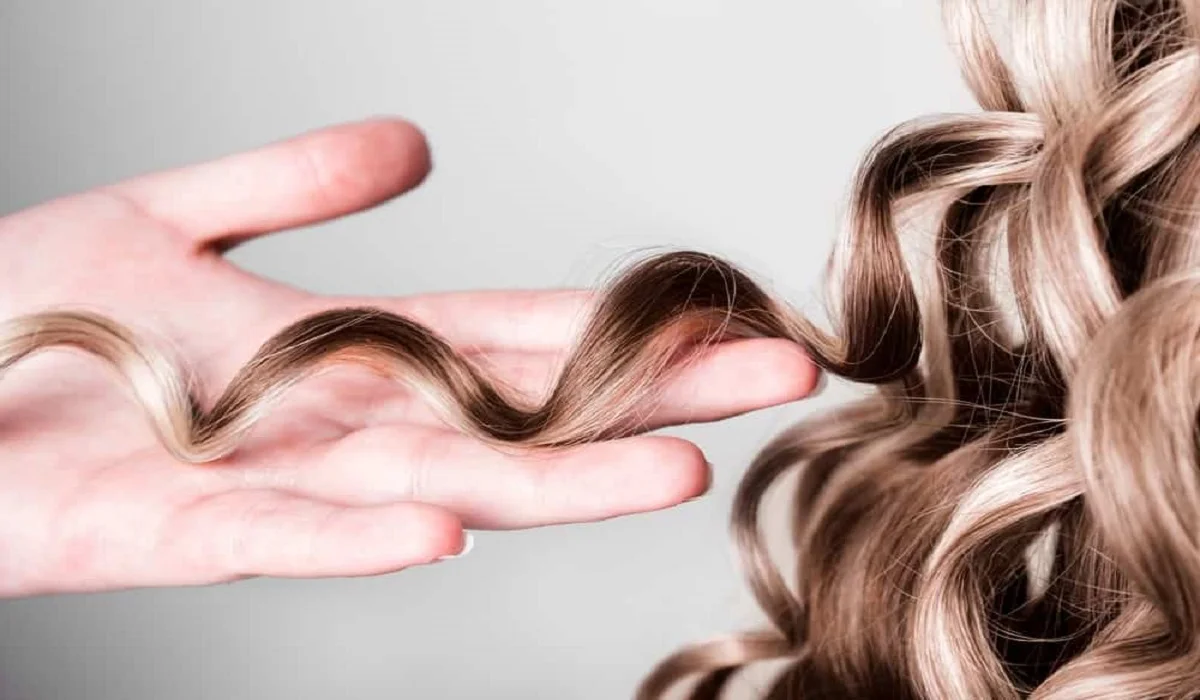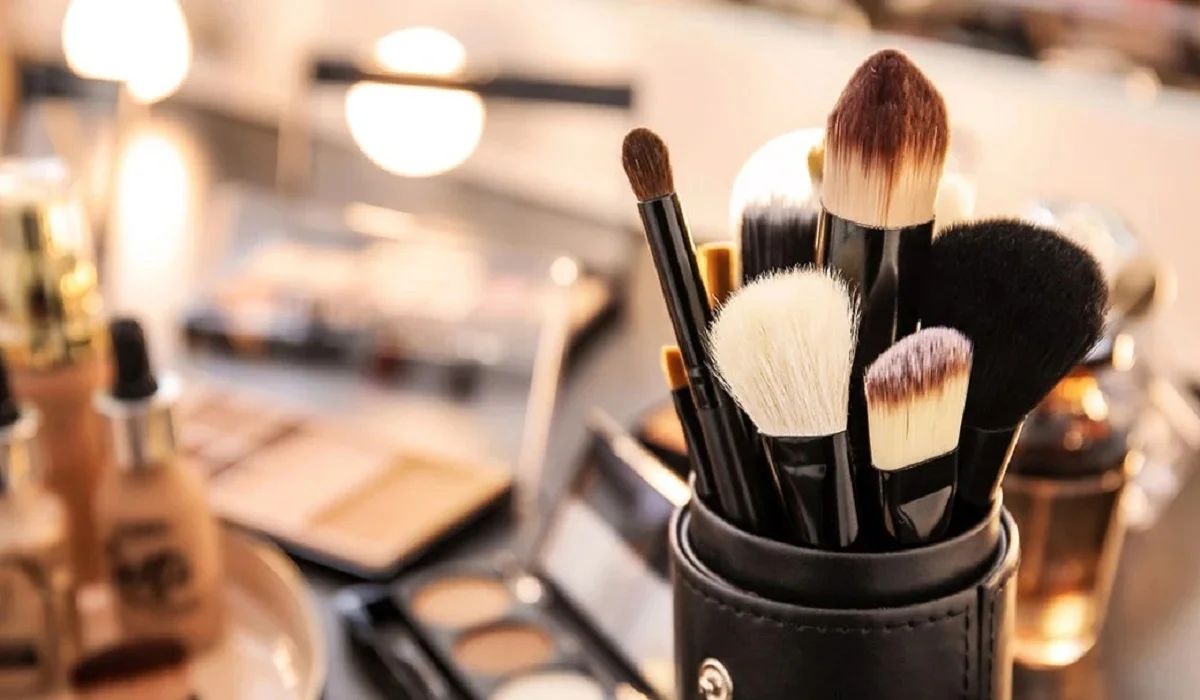In the intricate world of skincare, the area around our eyes demands special attention. Thinner and more sensitive than the rest of our face, this area is often the first to show signs of fatigue, age, and stress. Enter the hero of our tale: eye creams. Far from being a mere moisturizer, a well-chosen eye cream can be transformative, addressing everything from dark circles to fine lines with precision. This guide dives deeper into the world of eye creams, detailing their types, myriad benefits, and how to navigate the sea of options to find your perfect match.
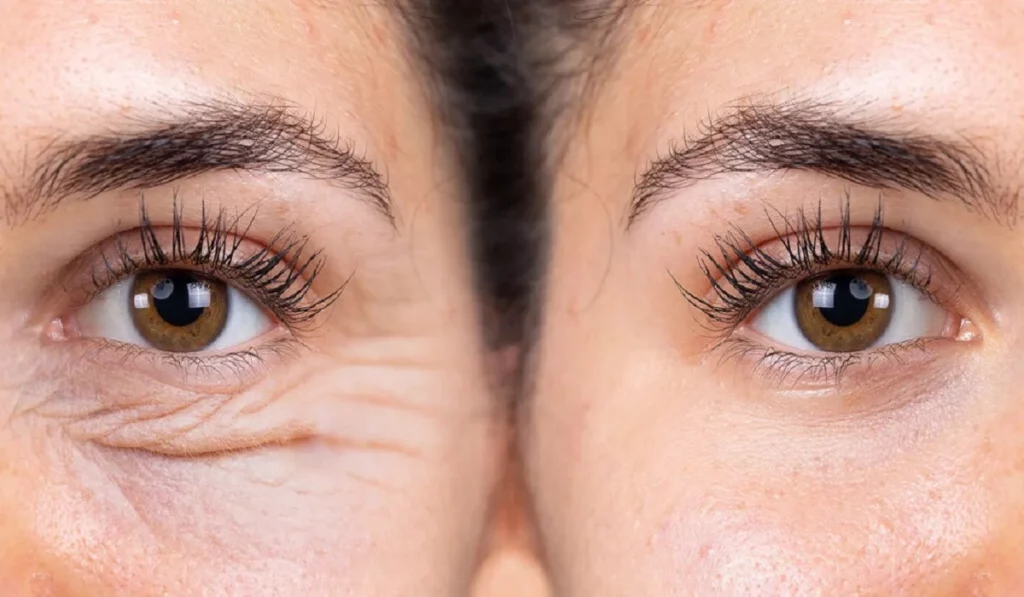
Decoding Eye Creams: A Closer Look
The fundamental purpose of eye cream is to cater to the unique needs of the skin around our eyes. This skin is not only thinner but also has fewer oil glands, making it more susceptible to dryness, and hence, aging. Eye creams are meticulously formulated to be gentle yet potent, aiming to hydrate, protect, and rejuvenate.
Varieties of Eye Creams: Tailored to Your Needs
For Hydration: Moisture-Rich Formulas
Those plagued by dry, flaky skin around the eyes should seek out hydration heroes like hyaluronic acid and glycerin. These ingredients draw moisture into the skin, plumping it up and smoothing out fine lines that are all too visible in a dehydrated state.
For Brightness: Combatting Dark Circles
Dark circles can make us look tired even after a restful night. Brightening eye creams infused with vitamin C, niacinamide, or caffeine can help. They work by improving blood circulation, protecting against environmental damage, and inhibiting melanin production.
For Aging: The Anti-Wrinkle Warriors
With age, we may notice fine lines and a loss of elasticity around our eyes. Anti-aging eye creams boast ingredients like retinol and peptides, known for stimulating collagen production, speeding up cell turnover, and fighting free radicals.
For Firmness: Lifting and Tightening
To combat sagging skin and puffiness, look for firming eye creams. Key ingredients might include collagen-boosting compounds and caffeine, which not only firms but also reduces swelling by constricting blood vessels.
The Broad Spectrum of Eye Cream Benefits
- Intensive Hydration: Tailored to the delicate eye area, these creams provide deep moisture, warding off dryness and maintaining skin’s elasticity.
- Visible Age Reversal: By diminishing the appearance of fine lines and crow’s feet, eye creams can offer a more youthful look, effectively turning back the clock on aging skin.
- Illumination: Regular use can lighten dark circles, giving a fresh, awake appearance, as if you’ve had your full eight hours every night.
- De-puffing Action: Ingredients like caffeine can offer immediate relief from puffiness, making eyes look rested and vibrant.
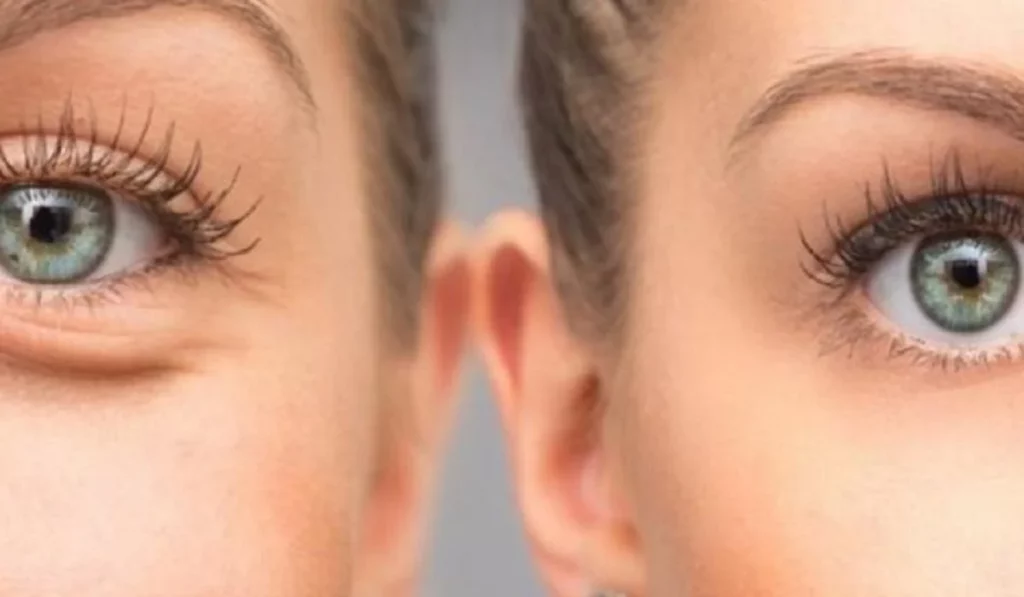
Selecting Your Ideal Eye Cream
Choosing an eye cream is no small feat, given the plethora of options available. Your selection should hinge on your primary skin concern, skin type, and age. Here’s how to narrow down your choices:
- Pinpoint Your Concern: Whether it’s dark circles, wrinkles, dryness, or puffiness, there’s an eye cream formulated to address it.
- Skin Type Matters: Oily, dry, sensitive, or combination, every skin type has its match. Lightweight gels are ideal for oily skin, while rich creams are a boon for dry skin.
- Ingredient Focus: Look for eye creams with active ingredients that target your specific concerns. Retinol for aging, vitamin C for dark circles, and so on.
- Test for Sensitivity: Given the sensitivity of the eye area, opt for products free from fragrances and harsh chemicals, and always patch test before regular use.
Navigating Common Eye Cream Pitfalls
While eye creams can work wonders, common missteps can hinder their effectiveness. Using too much product or applying it too close to the eyes can lead to irritation and puffiness. A pea-sized amount, gently patted onto the orbital bone with your ring finger, is sufficient and safe.
Incorporating Eye Cream into Your Daily Ritual
For eye creams to truly work their magic, consistency is key. Apply your chosen formula morning and night after cleansing but before your face moisturizer. This ensures that the active ingredients directly target the skin, unimpeded by barriers.
Final Thoughts: The Window to Your Soul Deserves the Best Care
The skin around our eyes tells our stories—of laughter, of sleepless nights, of years well-lived. Choosing the right eye cream is not just a step in our skincare routine; it’s an investment in ourselves, in how we present our stories to the world. With this guide, you’re well-equipped to make an informed choice, ensuring that your eyes remain a vibrant testament to your beauty, inside and out.

